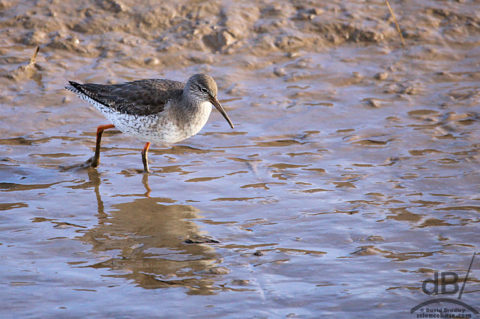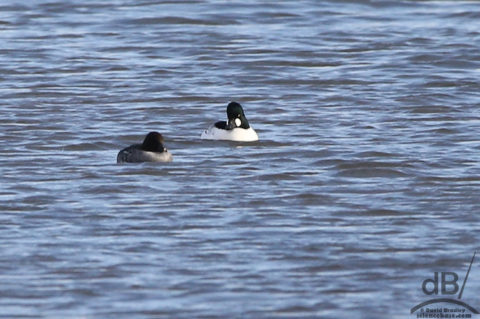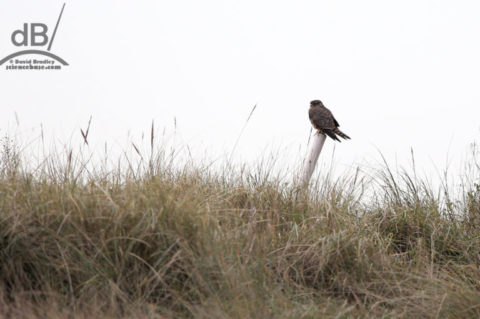Reports on Twitter of several thousand Black-tailed Godwit, Golden Plover, and Lapwing, several sightings of Short-eared Owl, Peregrines, Wigeon, and Cranes seemed sufficient enticement to take the relatively long drive up to Whittlesea on a bright and very breezy Thursday.

We ended up at not-the-car-park, thought we spotted an owl before we even got out of the car, but it was a Kestrel, and then walked for an hour and a bit along Long Drove towards the dyke that prevents you getting to the little coppice over which the official carpark near Coates looks. No matter we saw birds in large numbers on that walk and then braved the cold a second time at the official carpark where a dozen or more birders with various sizes of scope and lens, mostly green waterproof jackets, black walking trousers and muddy boots had gathered in case the Shorties appeared. None did before we left, although we did see a Barn Owl (Tyto alba) on our way back to Whittlesea

We did see lots of Reed Bunting (Emberiza schoeniclus, male in winter plumage in the top photo of this post), Stonechat (Saxicola rubicola, female above), Fieldfare (Turdus pilaris), Skylarks (Alauda arvensis), and more. And, if not thousands of the aforementioned waders, then certainly several hundred of each, but just three or four distant Cranes (Grus grus), Marsh Harrier (Circus aeruginosus), Merlin (Falco columbarius), Peregrine (Falco peregrinus) (he’s on the fencing in the photo below, ringed, trust me), Sparrowhawk (Accipiter nisus).

Oh, and a closeup Kestrel (Falco tinnunculus) or three.

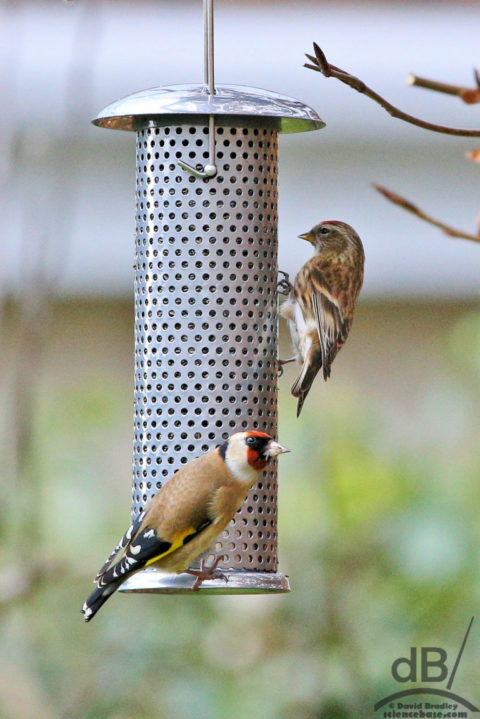


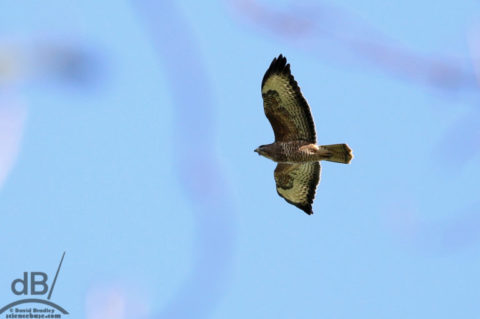
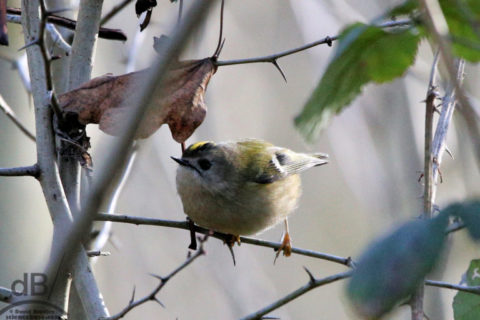



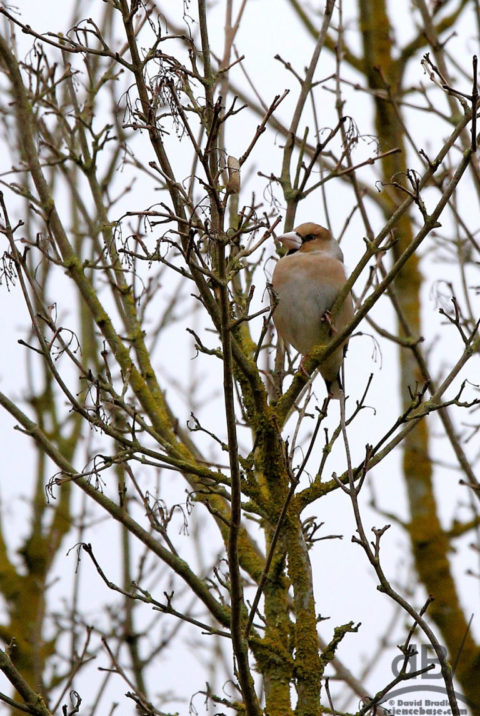
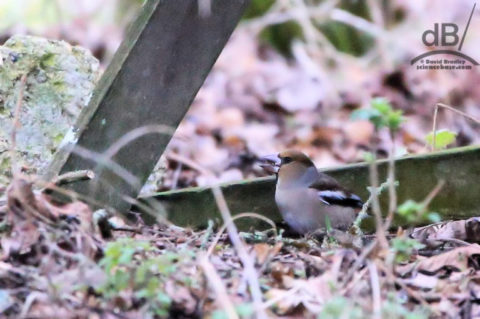




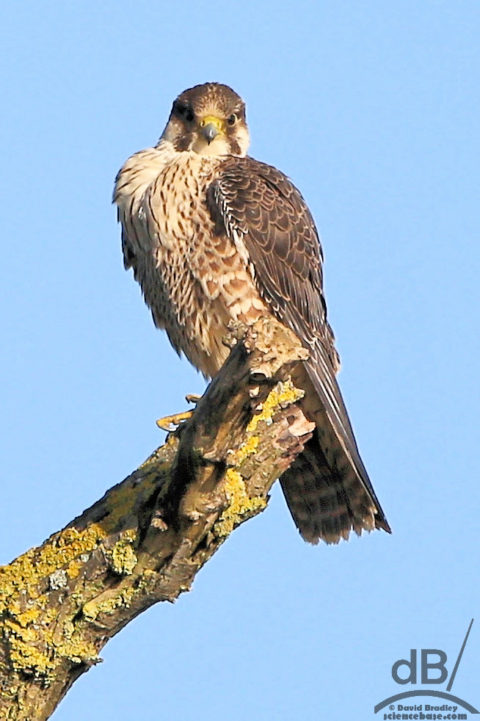

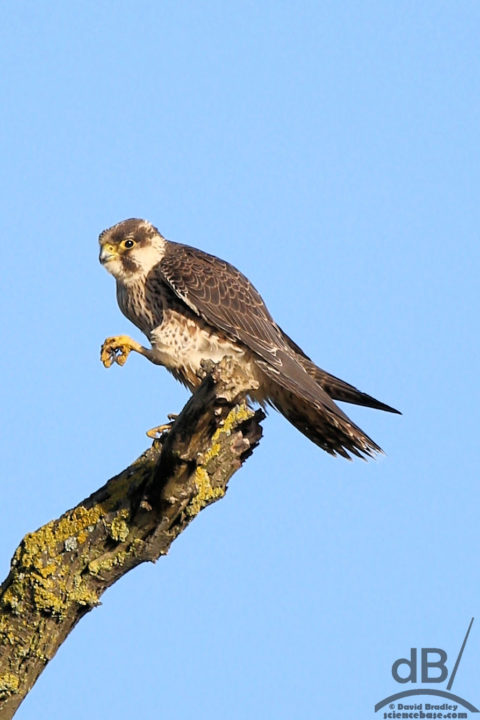

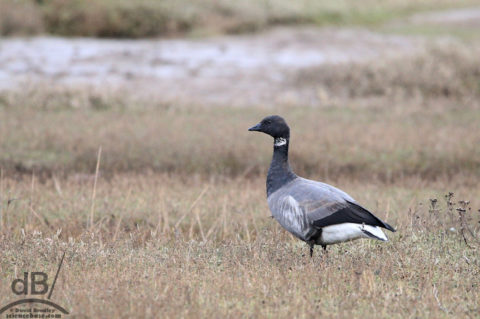 Lots of Curlew (Numenius arquata), Redshank, Little Egret, occasional Skylark, possibly Meadow Pipit, Blue and Long-tailed Tit, Linnet, Wigeon, Chaffinch, Mallard, Teal, Black-tailed Godwit (on floodwater further inland).
Lots of Curlew (Numenius arquata), Redshank, Little Egret, occasional Skylark, possibly Meadow Pipit, Blue and Long-tailed Tit, Linnet, Wigeon, Chaffinch, Mallard, Teal, Black-tailed Godwit (on floodwater further inland).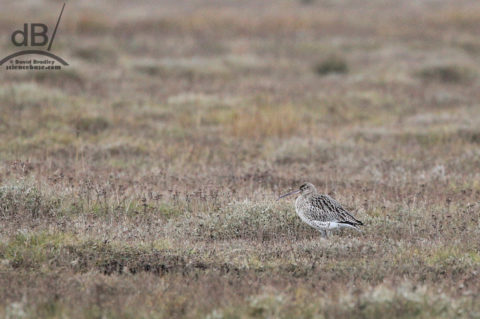


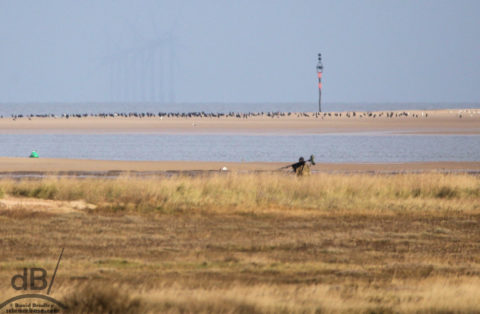

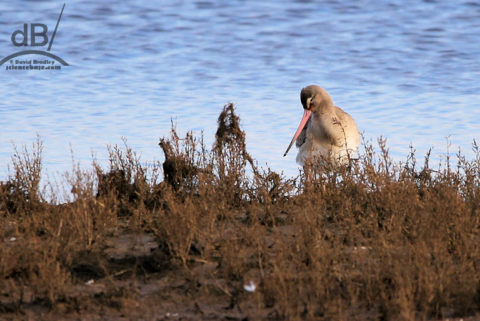
 Grey Plover (Pluvialis squatarola)
Grey Plover (Pluvialis squatarola)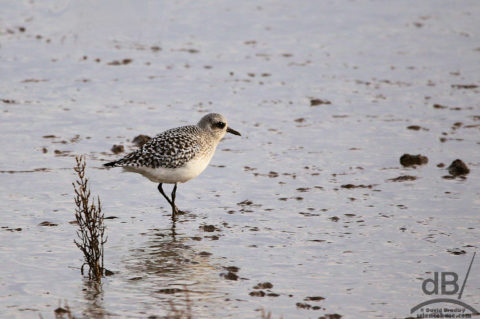 Dunlin (Calidris alpina)
Dunlin (Calidris alpina) Ringed Plover (Charadrius hiaticula)
Ringed Plover (Charadrius hiaticula)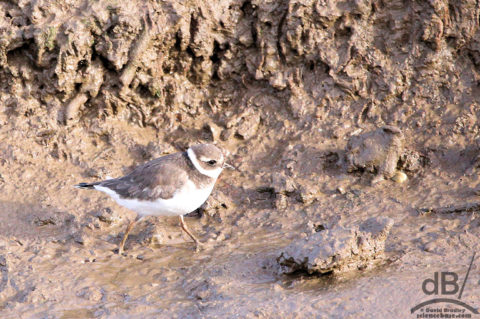 Common Redshank (Tringa totanus)
Common Redshank (Tringa totanus)